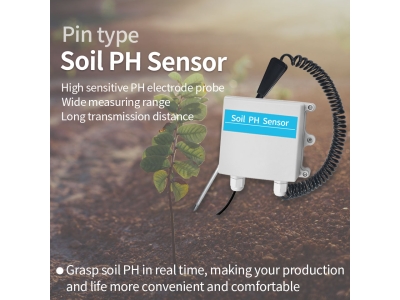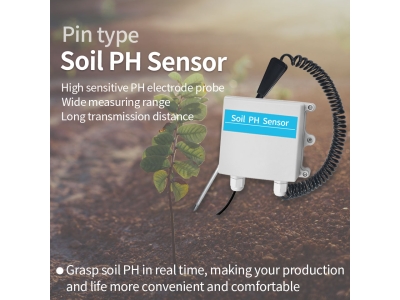Ensuring clean and healthy air is essential for human well-being and environmental sustainability. The rise in pollution levels, both indoors and outdoors, has increased the demand for accurate and reliable air quality monitoring systems. Gas sensor technology has emerged as a powerful tool for monitoring various gases and pollutants in the atmosphere. This article explores the significance of gas sensor technology in environmental air quality monitoring, its advancements, applications, and potential benefits for public health and environmental management.
Gas Sensor Technology: An Overview:
Gas sensor technology involves the use of sensors to detect and measure specific gases or pollutants present in the air. These sensors are designed to respond to changes in gas concentrations, providing real-time data on air quality parameters. Gas sensors can monitor a wide range of gases, including carbon dioxide (CO2), carbon monoxide (CO), nitrogen dioxide (NO2), ozone (O3), volatile organic compounds (VOCs), and particulate matter (PM).
Importance of Air Quality Monitoring:
Monitoring air quality is crucial for understanding the levels of pollutants and their effects on human health, ecosystems, and climate change. Reliable air quality data helps identify pollution sources, determine exposure levels, and develop effective strategies for pollution control and mitigation. Gas sensor technology plays a vital role in generating accurate and timely air quality information for decision-making and public awareness.
Advancements in Gas Sensor Technology:
Recent advancements have improved the capabilities of gas sensor technology, enhancing its effectiveness in environmental air quality monitoring:
a. Miniaturization: Gas sensors have become smaller and more portable, allowing for easy deployment in various environments, including indoor spaces and wearable devices. Miniaturized sensors enable personal air quality monitoring, empowering individuals to make informed choices about their immediate surroundings.
b. Selectivity and Sensitivity: Modern gas sensors exhibit enhanced selectivity and sensitivity, enabling them to differentiate between various gases and detect even trace amounts of pollutants. This capability is crucial for accurate identification and measurement of specific pollutants, ensuring reliable air quality data.
c. Wireless Connectivity: Gas sensors equipped with wireless connectivity can transmit real-time data to centralized monitoring systems or mobile applications. This enables remote monitoring, data sharing, and analysis, facilitating the rapid identification of pollution hotspots and facilitating timely interventions.
d. Internet of Things (IoT) Integration: Integration with IoT platforms allows gas sensors to be interconnected, creating comprehensive air quality networks. These networks collect data from multiple sensors in real-time, providing a holistic view of air quality in a given area. IoT integration also enables advanced analytics, visualization, and data-driven decision-making.
Applications of Gas Sensor Technology:
Gas sensor technology finds applications in various sectors and environments:
a. Urban Air Quality Monitoring: Gas sensors deployed in cities help monitor and manage air pollution levels. Real-time data on pollutants such as nitrogen oxides (NOx), particulate matter (PM), and volatile organic compounds (VOCs) are crucial for urban planning, traffic management, and pollutant source identification.

b. Indoor Air Quality Assessment: Indoor spaces, including homes, schools, and workplaces, can have significant pollutant levels. Gas sensors enable the assessment of indoor air quality, helping identify potential sources of pollution and implementing measures for improved ventilation and occupant health.
c. Industrial Emissions Monitoring: Gas sensors are used in industrial settings to monitor emissions and ensure compliance with environmental regulations. Continuous monitoring helps industries optimize their processes, reduce emissions, and mitigate the impact of pollutants on nearby communities.
d. Environmental Research: Gas sensor technology supports scientific research and studies on air quality and its impact on ecosystems. Researchers utilize gas sensors to measure pollutants in specific environments, assess ecological impacts, and develop strategies for environmental conservation and sustainability.
Benefits for Public Health and Environmental Management:
The advancements in gas sensor technology offer numerous benefits for public health and environmental management:
a. Early Warning Systems: Gas sensors provide early warnings of high pollutant levels, enabling timely interventions to protect public health. Alerts can be sent to individuals, communities, and relevant authorities, facilitating proactive measures to reduce exposure and mitigate health risks.
b. Data-Driven Policies: Accurate and real-time air quality data assists policymakers in formulating evidence






